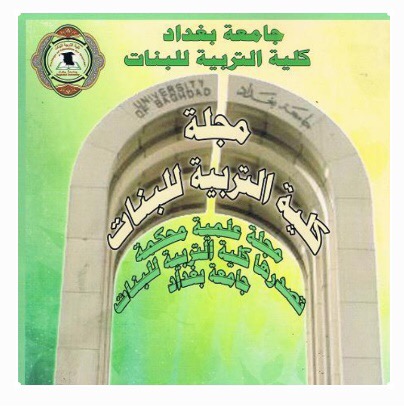Arthur Miller’s Tragedy as Reflected in The Crucible
Abstract
In the period immediately following the end of World War II, American theatre was transformed by the work of playwright Arthur Miller. Miller tapped into a sense of dissatisfaction and unrest within the greater American psyche because he was profoundly influenced by the depression and the war that immediately followed it. His dramas proved to be both the conscience and redemption of the times; allowing people an honest view of the direction the country had taken.1 Miller has his own concept of tragedy as a modern playwright. He believes that tragedy may depict ordinary people in domestic surroundings instead of talking about a character from a high rank, a king or a queen. Miller’s main concern lies in dramatizing the whole man as he is part of a family and as he is part of a society. In this paper, The Crucible is going to be considered in detail as one of the major tragedies of Arthur Miller. Miller’s The Crucible is based on the events surrounding the 1692 witch trials of Salem, Massachusetts. Miller used that event as an allegory for McCarthyism and the Red Scare, which was a period of time in which Americans were in fear of communism and the government blacklisted accused communists. The play was first performed on Broadway on January 22, 1953. The reviews of the first production were hostile, but a year later a new production succeeded and the play became a classic. The play in the present time is often studied in high schools and universities because of its status as a revolutionary work of theatre and as a document to political events of the 1950s. This play is regarded as one of the best plays of the modern age, due to its deep and captivating plot.2 Miller’s The Crucible is essentially a critique of McCarthyism and the communist scare of the 1950s. Miller saw the parallels between the witch hunts and the McCarthy trials, and found the witch trials to be a compelling vehicle for discussing modern events. The play is a great tragedy, but remains a tragedy for the modern times. The characters in this play suggest what Miller tries to show his readers the lessons from the witch hunts which still apply.3 After performing, the audience is convinced that this play remains relevant and powerful in the twenty-first century. This play can be related to the contemporary world events. It shows the willingness of human beings to blame anyone but themselves. It reinforces the belief that humans are not ready to take responsibility for their actions and would rather find a scapegoat.
Miller went back to American history and dug up the records of the Salem witchcraft trails and created his own characters based on the few facts of “known behavior” of the persons involved. The result is a powerful indictment of mass hysteria and savage fury born of terror and superstition. In John Proctor, the tragic hero of The Crucible, Miller has created one of the few heroes of modern drama. A blunt, honest man, but neither an exceptionally good nor a complicated one, Proctor grows with the pressure of circumstances. Like most of Miller’s heroes, Proctor asks to preserve the honour of his name, his right to face himself and his children without apology. However, when a society has gone mad, such a simple reasonable desire makes a man on enemy of the state.4 This paper deals with Arthur Miller as a great playwright of tragedy. It consists of an introduction and two sections. The first section tackles Miller’s concept of tragedy and his view about the common man. Then, section two deals with The Crucible as Miller’s special tragedy and the conclusion reflects what is found out in this paper.

Published
Issue
Section
License
![]()
All articles published in Journal of College of Education for Women are licensed under a Creative Commons Attribution 4.0 International License.










